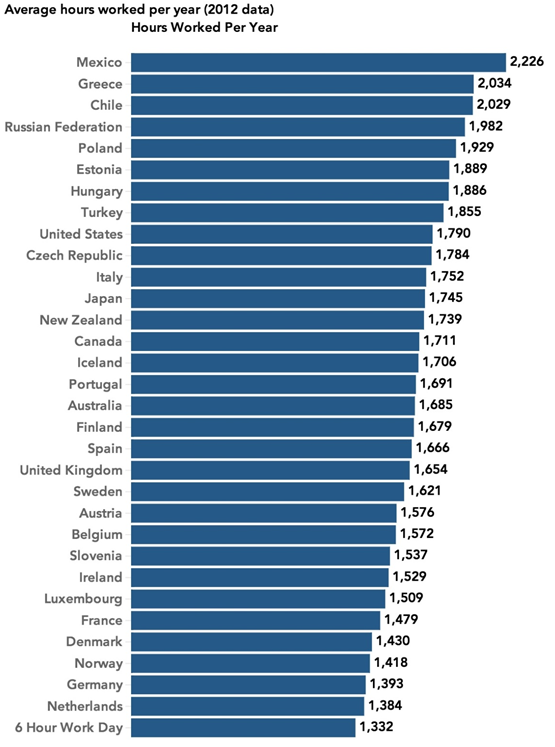A Shift in the “Shift Paradigm”?
A Shift in the “Shift Paradigm”?
“No pain, no gain”, still relevant today?
A recent study on employee productivity of Latvian-based, social net-working Draguiem Group, using desktop analytics, reveals what could well be the most optimal work-rest pattern:
– 52 minutes of work
– followed by 17 minutes of rest time
Even more interestingly, the 52-17 pattern yielded top results, especially when employees were totally detached from their work-related activities during their 17-minute breaks; detached, as in not speaking about work at all, being completely away from the computer – not checking e-mail, not on YouTube – or taking a walk, drinking coffee, chatting with colleagues, or doing minor physical exercise.
Another study, conducted by the University of Toronto, shows that absence of lunch breaks can significantly lower workforce efficiency. John Trougakos, the study’s co-author and associate professor of organisational behaviour/HR management at the university, argues that humans have a limited amount of energy and focus, which is inevitably depleted in the absence of lunch breaks or during shifts containing too many consecutive work-related activities.
Furthermore, it’s not only academia or cutting-edge software startups that are experimenting with the conventional eight-hour work paradigm. The Swedish local government in Gothenburg has begun experimenting with a six-hour workday for its municipal employees. The experiment is ongoing for a year but so far, the results have been encouraging.
This is certainly a radical shift from the American cult of overwork, where employees are expected to work over 40 hours a week by default. This espoused set of overtime acceptance, however, could also explain the fact that 80 percent of Americans feel stressed about their jobs.
Meanwhile, countries ranking highest on the Human Development Index (a United Nations summary measure of average achievement in key dimensions of human development: a long and healthy life, being knowledgeable and have a decent standard of living.) are also the ones working the fewest number of hours a week (see chart further down).
Where does all this research leave organisations using workforce-management (WFM) software solutions? In my opinion, there’s no clear-cut answer. The pattern of 52 minutes of work followed by 17-minute breaks doesn’t apply to everyone. What works in a tech-startup environment doesn’t necessarily apply, for instance, to contact centres, banks or retailers. Why not measure how efficient the traditional eight-hour shift, with a lunch break and two 15-minute breaks, is?
One thing is for sure: experimenting with your existing shift structure to find the best fit for your organisation and your employees, by utilising your WFM solution’s work-shift-length alternatives and “what-if” functionalities, will pay off. “No pain, no gain,” is only partially valid today. Shift lengths and content are just one dimension of the bigger picture. A happier, empowered employee base with better work-life balance, and a higher level of responsibility and task ownership should do just fine.









